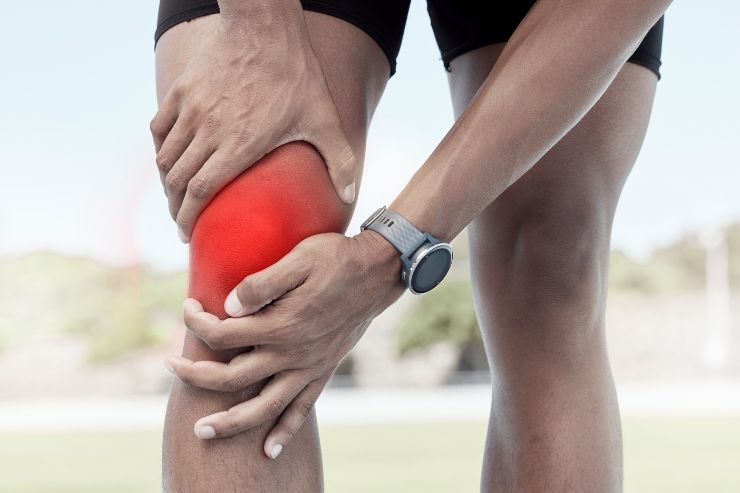Meniscus Tears
- Home
- Treatments
- Meniscus Tears

A meniscus tear is a common knee injury involving the C-shaped cartilage (meniscus) that cushions and stabilizes your knee joint. Each knee has two menisci—one on the inner side and one on the outer—acting as shock absorbers that help distribute weight across the knee. Meniscus tears often occur during sports or activities that involve sudden twists, turns, or pressure on the knee, though they can also result from age-related degeneration.
What Causes a Meniscus Tear?
Meniscus tears can result from:
- Sudden Twisting or Pivoting: Fast changes in direction or twisting motions can strain the meniscus.
- Direct Impact: A hard hit or fall can cause the meniscus to tear, common in contact sports.
- Age-Related Wear and Tear: Over time, the menisci become less flexible and more prone to injury, making older adults susceptible to degenerative tears.
Symptoms of a Meniscus Tear
Signs of a meniscus tear vary, but commonly include:
- Pain: Especially when twisting or rotating the knee.
- Swelling and Stiffness: Swelling typically develops over the first few days after injury.
- Limited Motion: Difficulty bending or straightening the knee.
- Locking or Catching Sensation: You might feel as though the knee is “stuck” or locks in place during movement.
Treatment Options for a Meniscus Tear
Treatment depends on the location and severity of the tear, age, and activity level. Options include:
- RICE Method (Rest, Ice, Compression, Elevation): These initial steps help reduce pain and inflammation.
- Physical Therapy: Exercises strengthen the knee muscles and improve range of motion.
- Medications: Anti-inflammatory drugs can relieve pain and reduce swelling.
- Knee Bracing: A brace can provide stability and prevent further injury.
- Surgery: For more severe tears, especially in younger and active patients, arthroscopic surgery may be necessary to repair or remove the damaged part of the meniscus.

